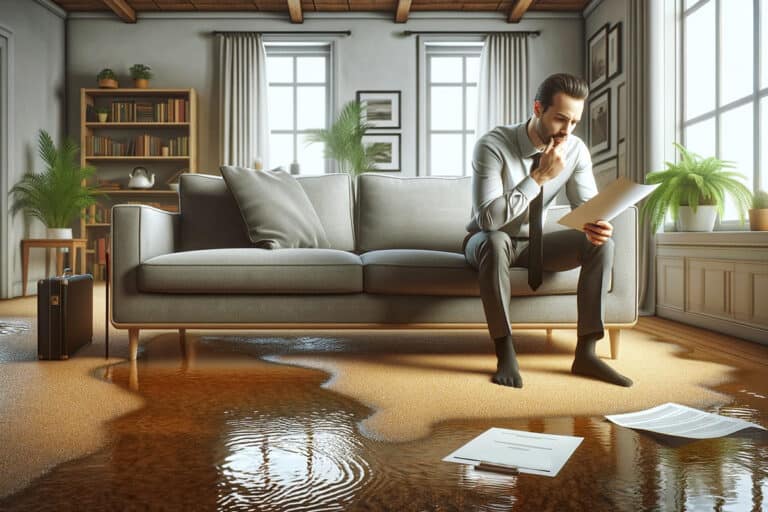Mold in Attic: Causes, Consequences, and Remediation Steps
Mold in the attic is a prevalent issue that poses significant health risks and can deteriorate property value. Identifying and addressing mold promptly is essential, with poor ventilation and leaks being common culprits. Professional remediation is often recommended to effectively eliminate mold and prevent its return. This post delves into the causes of mold growth, its health impacts, and detailed remediation steps. Whether you’re tackling a current problem or aiming to prevent future issues, understanding these key aspects is crucial for maintaining a healthy, safe attic environment.





